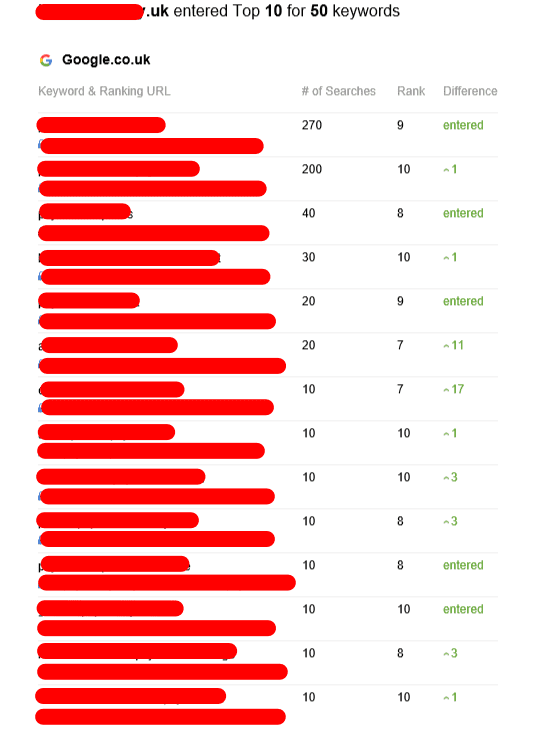10 Great Books On Tier 2 Backlink

Backlink Tier - The Hierarchy of Backlinks That Scale Your SEO Campaign
Backlink tier is the hierarchy of links that you design to expand your SEO campaign. Each level adds a layer of protection from Google and its penalties.
To be successful you'll have to put in lots of effort and time. Google takes weeks to discover and evaluate new backlinks.
First-Tier Links
These links must be of a high quality and dofollow from reputable websites. These links are known as Tier 1 backlinks and act as the base of your link building strategy. They provide a guarantee for your website page, thereby giving it the domain authority needed to be able to rank highly on search results pages. For instance, if your blog article is published on HubSpot, and it features links to tier 1 of SearchEngineLand's collection of Link Building Statistics, then SearchEngineLand's web rankings would get an increase from the link equity passed down from HubSpot.
The second tier of backlinks may be a bit more diverse and include low-quality links, such as spammy forum posts or low-quality bookmark websites and directories. But the primary goal with the second tier 2 is to produce high-quality content that is linked to your first-tier backlinks. This is because quality content can enhance the content which it resides and will not stand out as something that has been added for SEO reasons.
In order to build an effective tiered link building strategy, you'll need to invest in producing quality content and investing in tools like RankerX or GSA. The time and expense of in manually running a tiered program could be worth it if you wish to reap the higher ranking benefits of a properly built backlink pyramid.
Second-Tier Links
Tiered link building is designed to allow users to navigate external pages and eventually get to your website. It is essential to select relevant second-tier sources of backlinks that are relevant to your business and your website to accomplish this. Contrary to profile profiles and guest blog posts, guest blog posts work very well for this function because they provide valuable content that users would like to consume.
In general, you should avoid using links of tier 2 on forums or on other low-quality websites. Make use of high-quality pages instead like industry articles or guest posts. These links will be more natural and will have a greater impact on your ranking in search engines. They're also more likely to be regarded as having acquired link equity from Google and can boost the value of their rank in SERPs.
If you want to increase your SEO rankings You should be aware that getting these high-quality links manually is difficult. It can take months to submit guest posts to top publishers, and even longer them to be published. Additionally, it may take weeks to see outcomes of your efforts when it comes to creating new traffic and online conversions.
Alternatively, many SEOs turn to automated tools to help them build links that are second-tier. This approach could be in violation of Google's Webmaster Guidelines and could result in penalties.

Third-Tier Links
This level contains a huge number of links, a few of which are borderline-spam. They are shared on social media platforms, as well as websites that are created by users, such as Quora. They are used to index tier two links but they do not pass link equity onto the resource promoted. They are generally nofollow links. At the moment, marketers are more concerned with quantity rather than quality. They employ tools to publish an huge amounts of hyperlinks on forums, in comments section of blog articles and posts, in directories and other similar places. In this case tiered link-building can be considered an undefined area and is in violation of Google’s webmaster guidelines.
Link-building tier linkbuilding that are categorized require a lot of energy and time to be successful. Google may take months or even days to rank a backlink. It can take weeks or months to see the SEO effects. Therefore, marketers should be patient and use an efficient content strategy.
Marketers should be cautious about using excessively automated tools for this type of linking. These tools could violate rules regarding search engine optimization and result in penalties. It is better to manually pick and post links on relevant websites of donors instead of using automated tools like GSA or RankerX. This will stop search engines from penalizing you for links that are not of high quality.
Fourth-Tier Links
Tiered link building continues to be a well-known method of gaining the rank of websites. However as Google has made substantial efforts to stop "black hat" SEO practices, tiered linking methods have been slashed.
They are considered to be gray-hat SEO techniques and can be penalized for their use in a fraudulent manner. Tiered links are backlinks created on various levels of a pyramid. These backlinks are primarily utilized to increase a website's position in search results. This means that the promoted page can rank higher than rivals and gain more organic traffic.
This type of tier has a lower quantity of backlinks, and are generally nofollow. This tier could also include low-quality directories, article networks, and social media profiles. These links can be created naturally or using automated strategies, but they must be varied in terms of the domains as well as the niches and their relevance.
These backlinks, besides being low-quality and not followable are also prone to problems when they're not sufficiently diversified. Google has a team of highly-trained hound dogs who are always looking for patterns and methods in backlink profiles. If they find them, not only could the link-building team be penalized but also its clients.
